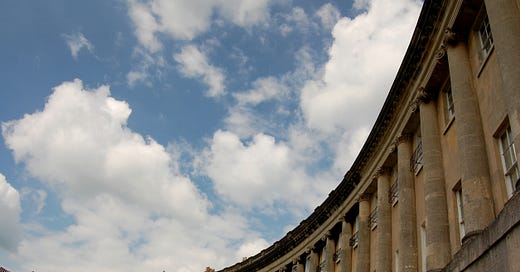Being Anne Elliot - Time and transcendence in Jane Austen’s ‘Persuasion’
Austen’s last novel, like an Octavia Butler novel or a Charlie Kaufman script, shoves readers into a time-tunnel of consciousness. E.M Forster wrote, ‘In a novel, there is always a clock.’
This is the Austen Connection newsletter - thank you for being here! You can see all of the Austen Connection conversations, including the podcast, here. If you are not signed up yet, you can take a few seconds to sign up for free, or support at any level - below - and get all of the conversations dropped right into your inbox. Thank you for joining us!
Keep reading with a 7-day free trial
Subscribe to The Austen Connection to keep reading this post and get 7 days of free access to the full post archives.


